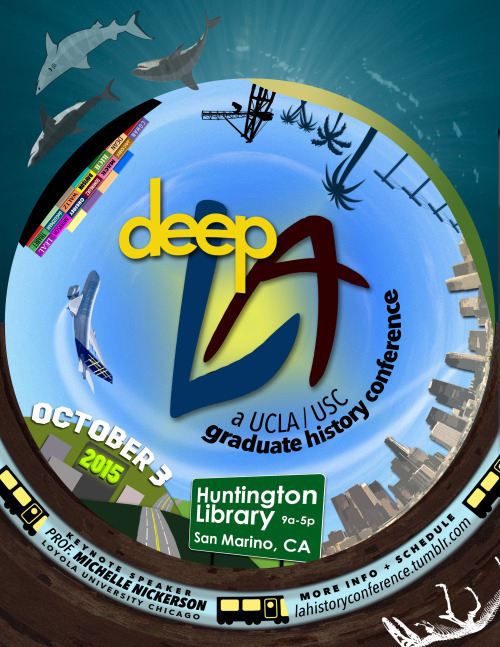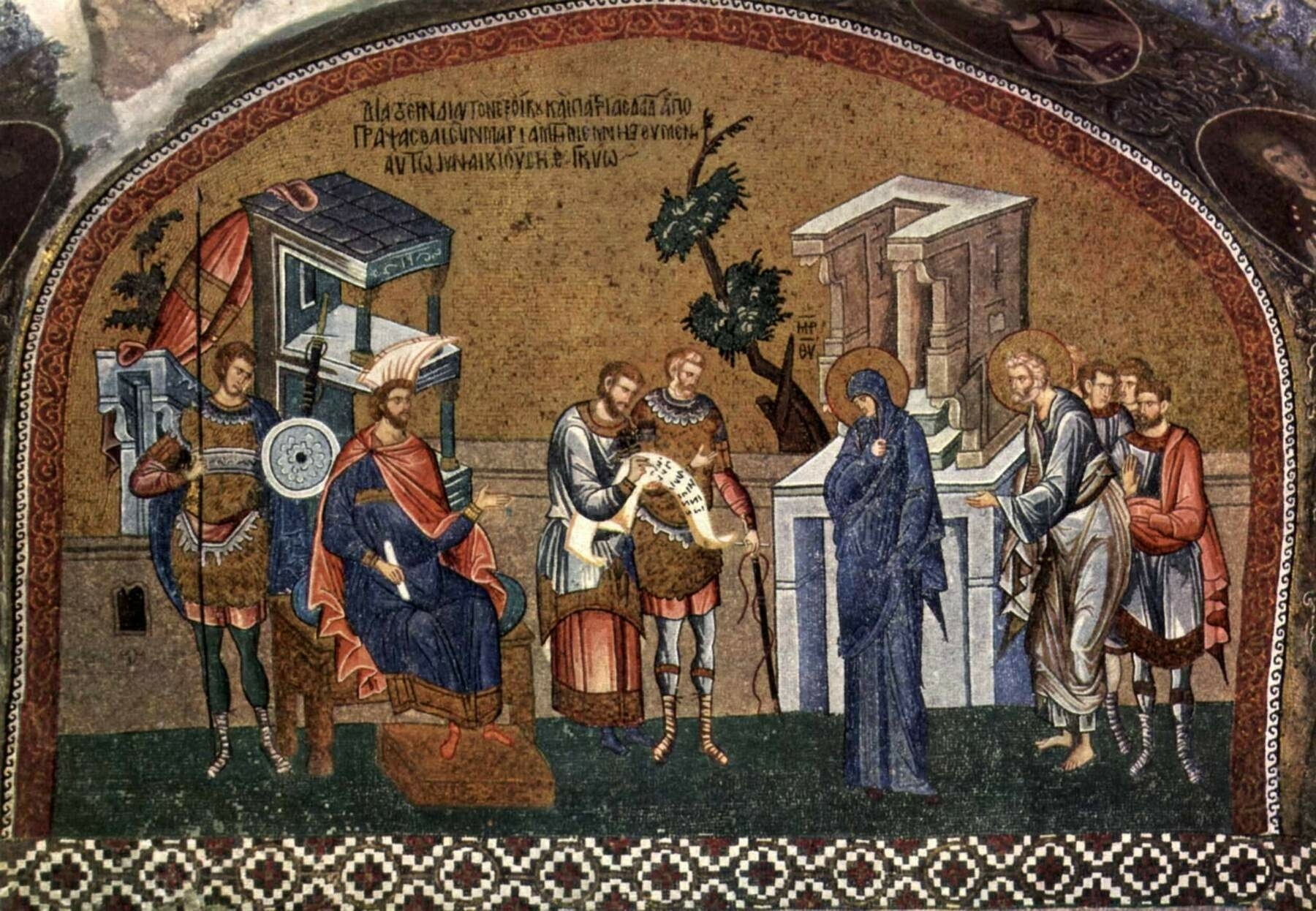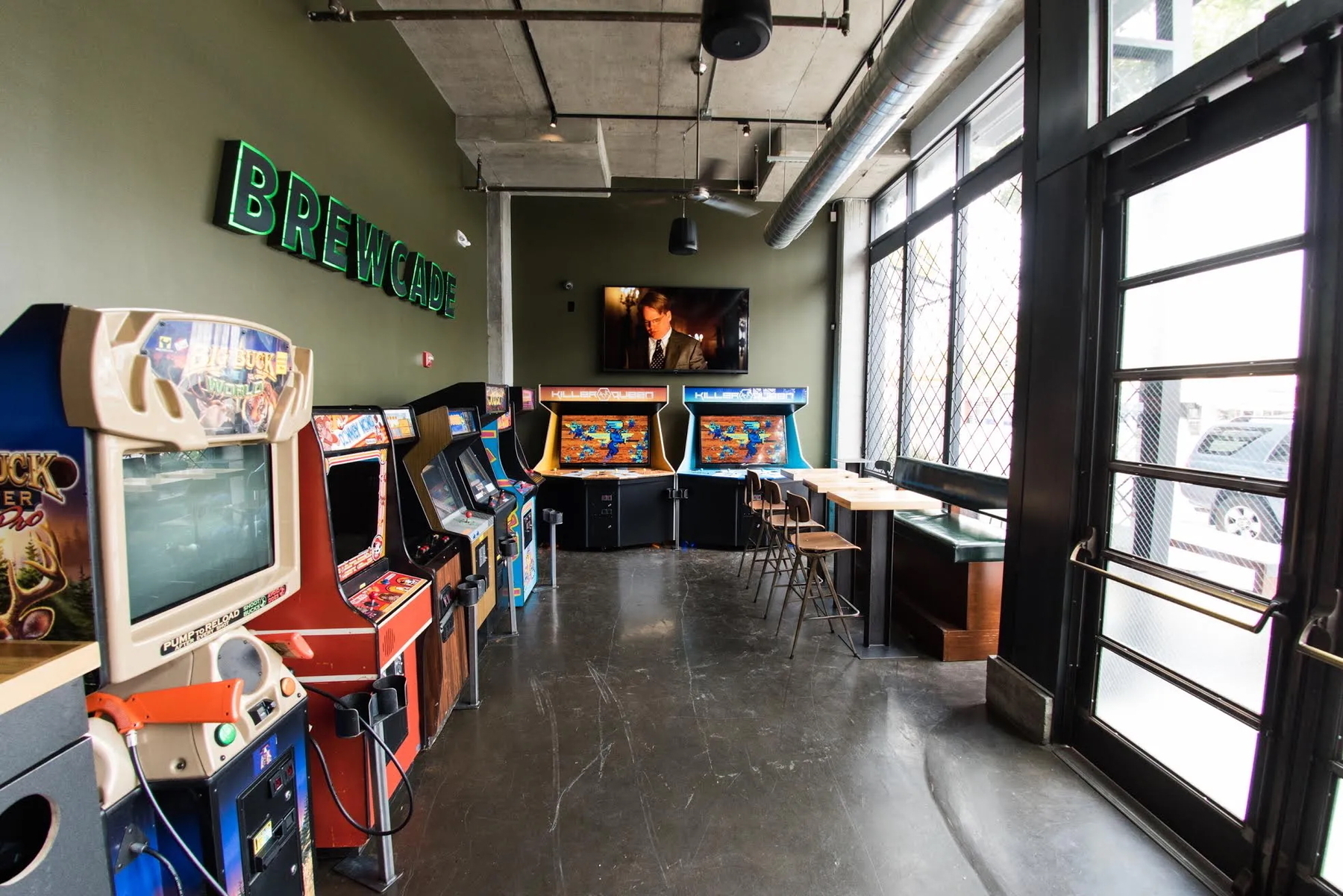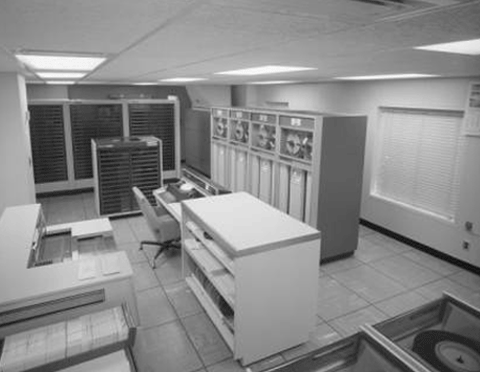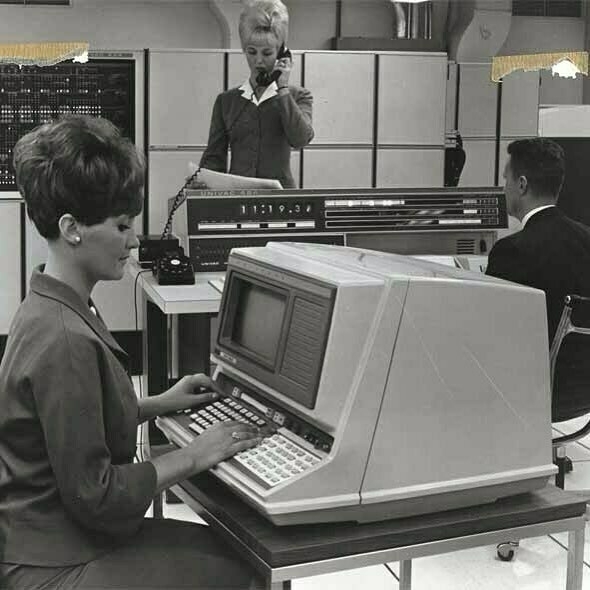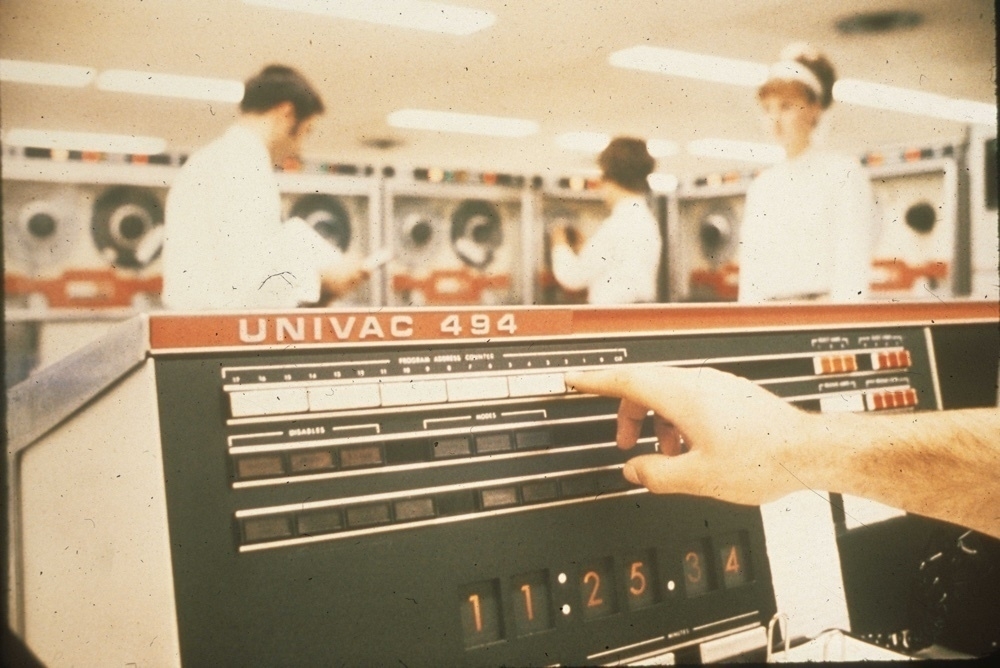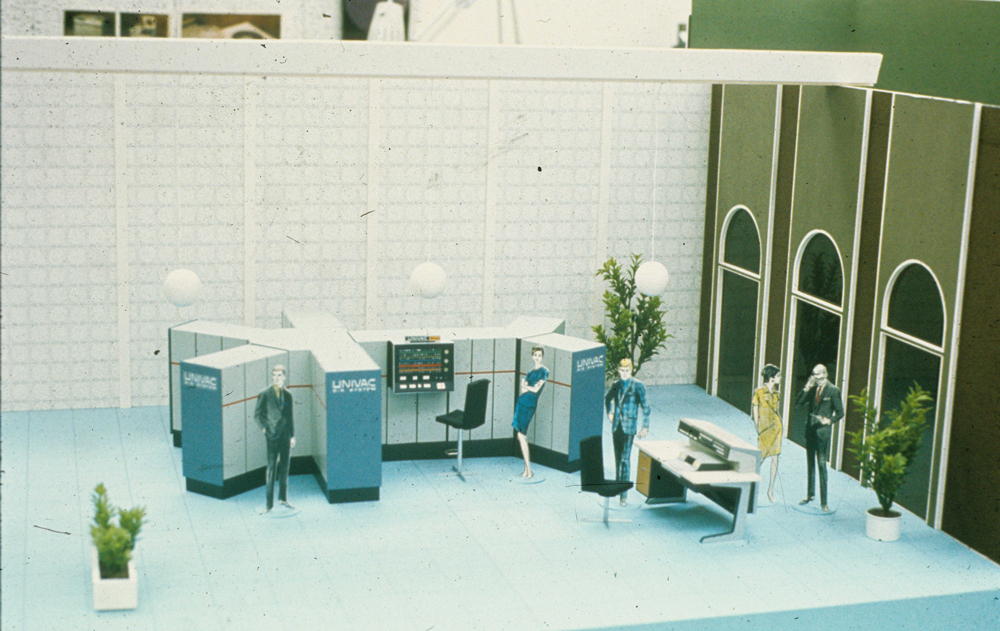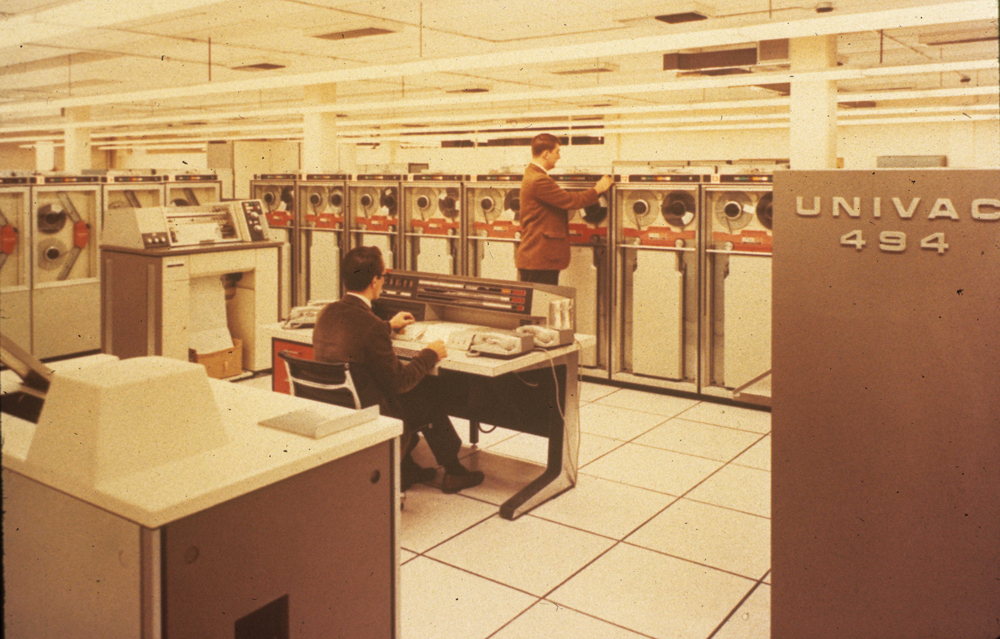Histography is a data visualization project by Martin Stauber, and it’s pretty amazing.
“Histography" is interactive timeline that spans across 14 billion years of history, from the Big Bang to 2015. The site draws historical events from Wikipedia and self-updates daily with new recorded events. The interface allows for users to view between decades to millions of years. The viewer can choose to watch a variety of events which have happened in a particular period or to target a specific event in time. For example you can look at the past century within the categories of war and inventions.
The project reminds me of The Fifth Element when Leeloo is researching “War." It’s not the interface, but the way so much information can be visualized in such a compact form – it can be a bit overwhelming.
(Revised and republished April 12th, 2025)
